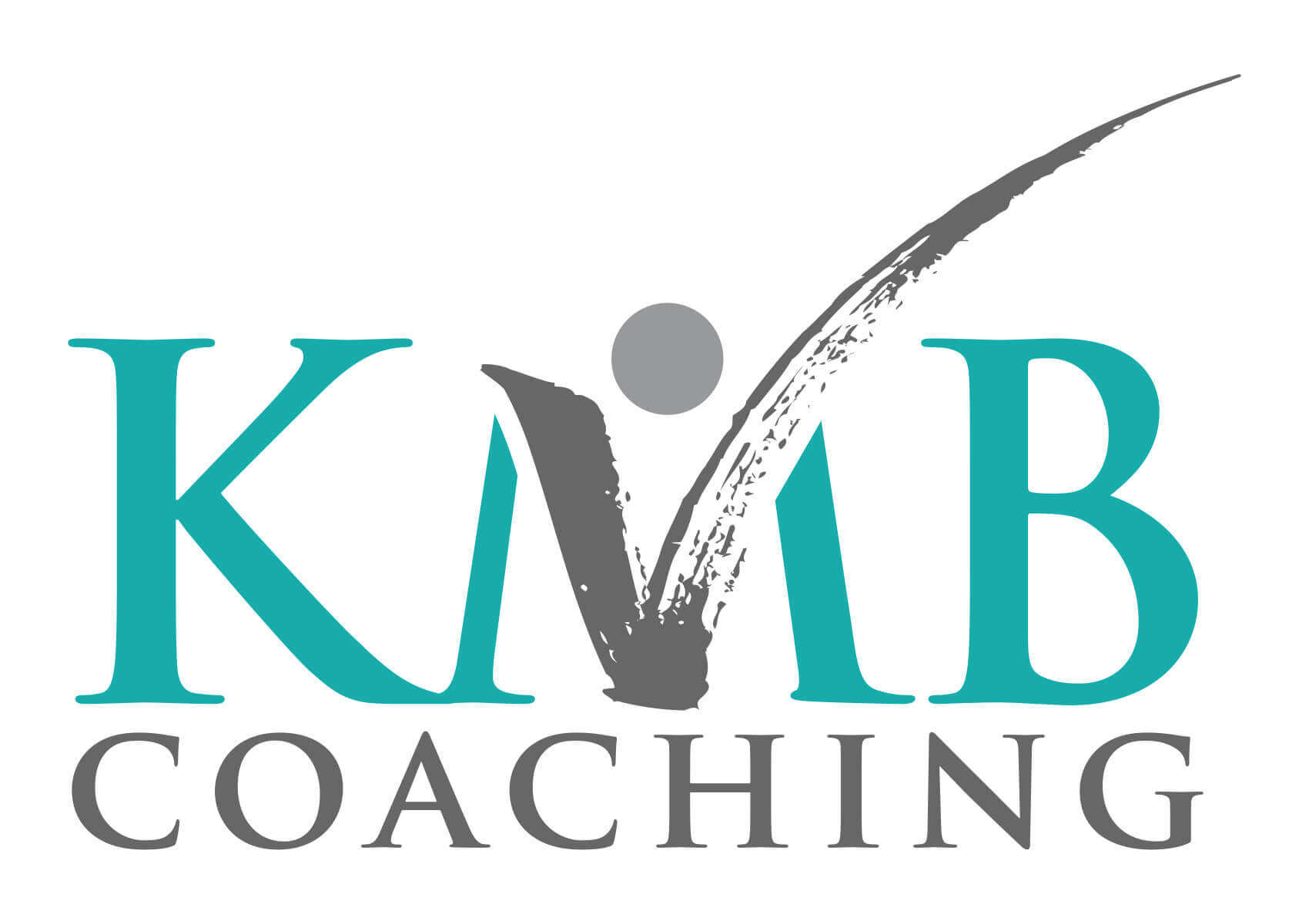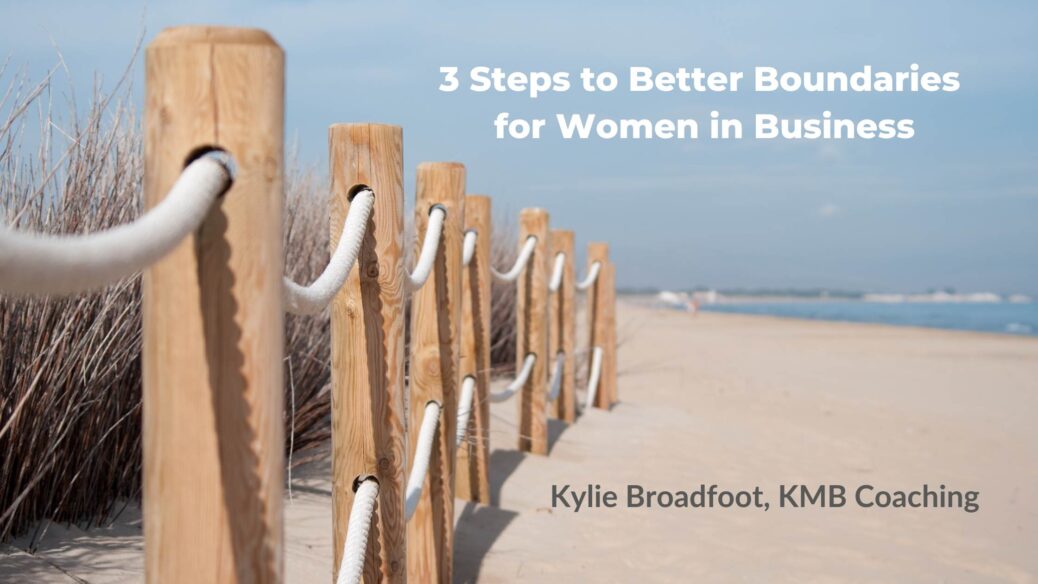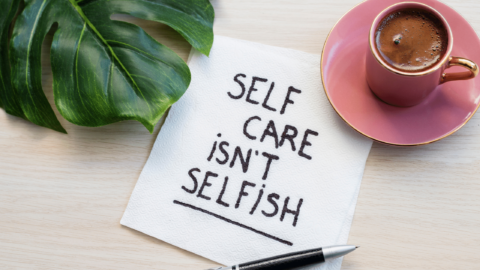Chances are, you hear a lot about boundaries. Maybe you have a pretty good idea what they are. If you had to put it into words, or even more than that put them into practice, you might find it tricky. Most people think they know about boundaries, but even if they do, they’re not using them in practice. It’s all theoretical.
If this sounds like you, that’s so normal! If you’re anything like me, nobody ever taught me about boundaries. These are like your non-negotiables; your standards or your rules of engagement, and they can be different for everyone. And also different in various aspects of your life.
Boundaries are the default or intentional practices, behaviours and acts that either support you or deplete you in some way.
They can be between you and another person.
Or with yourself.
They enable you to either meet your own needs, or ignore and disrespect them.
When these are supportive, they are the gateway to self esteem and self worth.
But when they are automatic or flimsy, they can contribute to people pleasing, burnout, rigidity, feeling ‘less than’, exhaustion, overwhelm and inadequacy, to name a few.
It’s fair to say that in most cases, nobody teaches us how to assert boundaries in general, and even less so in business. We just think about the person who ‘crossed the line’ and perhaps was unreasonable in what they were requesting. For example, a timeframe for work completion; out of hours calls; being rude and disrespectful.
It’s true – these are boundary violations potentially.
As a woman in business myself, and with the vast majority of my clients being female small business owners or entrepreneurs, I know that boundaries can clash with what we’ve been conditioned to do. With who we’ve been encouraged to be. By our parents; our education; the society we live in; the media and so on.
Yes, it’s a generalisation but there is massive conditioning at play for women. Encouraging us to be selfless; think of others first; not being ‘selfish’. These things result in us going too far the other way, and often have no regard for ourselves whatsoever. There’s also being the ‘good girl’; not making a fuss; being agreeable and ‘nice’. And so the list goes on.
This doesn’t mean we can’t change it. We absolutely can. This is where the deconditioning comes in. (This should be done with a highly skilled and experienced mindset coach – yes, like me – or psychologist).
What many people don’t realise is that boundaries are also:
- Allocating particular days or times to client appointments, even though you may not be booked on the other days (just because you’re ‘free’ doesn’t mean you have to be available)
- Taking a lunch break
- Starting work at 9.30am (or 11!) because you focus on what you need first. This might be exercise, self care, family, or any other priorities that are aligned with your values
- Setting up an online calendar system so that you can’t take bookings at times that don’t suit
- Deciding an opportunity isn’t right for you and communicating that without feeling the need to apologise or feel guilty
- Having a rest if you know you’re tired and aren’t being productive
- Providing realistic timeframes for work completion, onboarding or returning phone calls or emails
- Being assertive in written and verbal communications. For example, not saying ‘I’m sorry to bother you’, ‘I just wanted to ask’, ‘I was just wondering’, ‘I hope you don’t mind’. And instead stating what you are requesting or emailing about. Eg ‘Please let me know’; ‘I’m contacting you in relation to xxx’; ‘Could you please get back to me by Friday with your decision’; ‘thanks for inviting me to that [function] – I’m not going to be able to attend this time. I hope it’s a fabulous event’.
- Being flexible when something unexpected or unusual happens that requires a different approach. This might be a funeral; illness or a development that couldn’t have been foreseen). Sticking blindly to boundaries is not healthy in these contexts. Flexibility ensures that you are responding with compassion, empathy and/or flexibility when something unusual has occurred.
When boundaries are used well, they create a sense of confidence, empowerment, flexibility and freedom.
Flimsy boundaries are flimsy they can lead to frustration, anger, resentment and disappointment.
Boundaries that are highly rigid can become overprotective, constricting and sometimes suffocating.
I often encourage clients to imagine themselves and their own client on a set of balancing scales. You on one side, and your client on the other.
When it comes to making a decision, whose needs are taking priority? The client’s, for example? Or your own?
I have no doubt that customer service is really important to you. This doesn’t mean you need to ignore your own needs.
99 times out of 100 clients tell me that their own client is sitting high on the scales. Meanwhile, they’re like the light kid on the other end of the seesaw, hitting the ground.
What you’re aiming for is at least more of a balance in the beginning.
How To Get Started:
Know what your needs actually are:
If we’re thinking about this from a business perspective, what does your work give you? (or how would you like to feel in your business?) What would you miss if you weren’t doing what you do? Eg contribution, connection, variety, creativity, fun, a sense of achievement, challenge, significance, flexibility, satisfaction, sustainability.
What boundaries are required to help you to meet these needs?
Eg One might be: I choose to say no to things that won’t leave me feeling satisfied. I make decisions that are supporting sustainability in my business. I say no to what I don’t have the time or energy for, in the best interests of everyone. (Remember that ‘everyone’ might actually be your partner or kids as well, not just you and the client).
Remind yourself of these boundaries next time you’re making a business decision. Remember that often it won’t go to plan in the beginning. .
It takes time and practice to develop your language around this. And to hold the line when your boundaries are challenged (either internally; ie by yourself. Or externally ie by someone else). Have compassion for yourself and work backwards to see what you could have done differently. This will help you next time.
Kylie x
– Want some help with boundaries so that your business and life as a whole are thriving? Feel free to reach out. Boundaries are essential to running a sustainable business. Skipping this step very often results in burnout and depletion (which has often happened before).
If you’d like to know more, Let’s Chat! (this is my free 30mins Clarity Call. This is where we can work out which service may be best for you, depending on what you’re looking for).
Tags: #burnout boundaries boundaries for business business freedom













